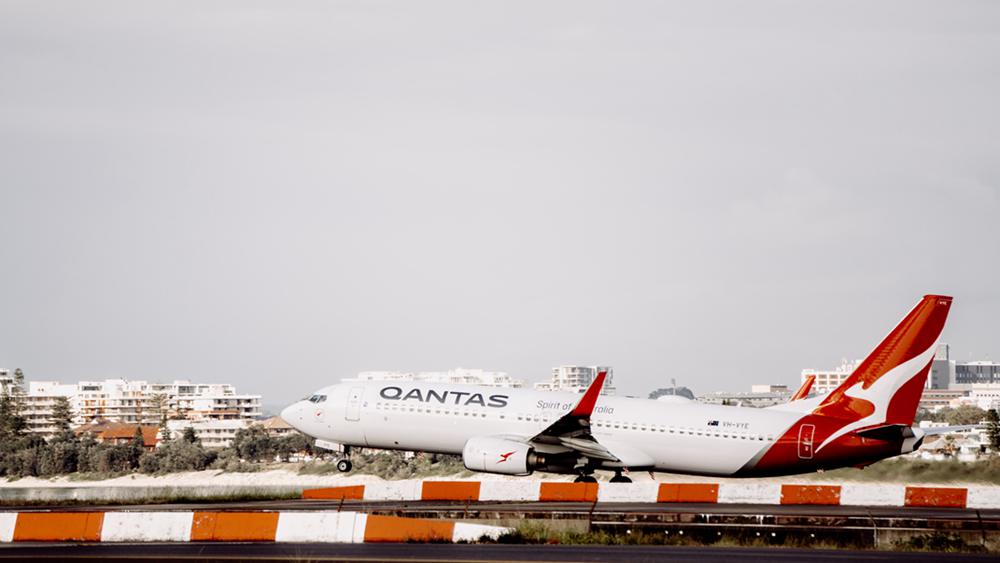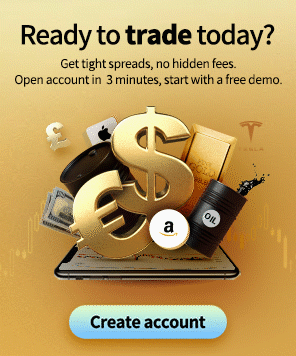How To Buy Shares in Australia? Buy International Shares vs Australia Shares?
When people think of investing, they usually think of property or stocks. And both have a place in a long-term investment portfolio. But… as an investment that can be bought and sold easily stocks win hands down.
There is a good reason why stocks are so well-liked. Long-term performance has been strong. Rising stocks have mirrored the rising quality of life and increased wealth creation all over the world.
The stock market is the ultimate barometer of human innovation. Great companies prosper while tired companies in old industries fall by the wayside.
This article will introduce you to how to buy shares in Australia. You will learn about 5 ways to invest in shares, and how to choose the best shares to buy...
The Stock Brokerage and Account
A stock brokerage is a go-between for you and the stock exchange. They’ll hold your funds safe and allow you to buy and sell through trading software. Depending on the account type you have they’ll provide a level of service, making your investment decisions as simple as possible.
There are two main types of service:
■ Full-service brokerage: This is the traditional type of broker (pre-internet) offering you a bespoke service including retirement and tax planning alongside investment advice. Few people hold these types of accounts nowadays save high net-worth individuals.
■ Discount brokerage: These are online brokers, where you do the trading yourself via an online trading platform. They are ‘discount’ because they have low trading commissions. But don’t think ‘discount’ means low quality - many provide sophisticated trading facilities and research tools.
When trading shares, there are usually 2 accounts:
■ Cash accounts: This is the standard type of account used by most. Share purchases will be made in full at the time of a share transaction.
■ Margin accounts: This account is used for experienced stock investors. This account allows the owner to purchase stock on margin. This allows the investor to pay only part of the total transaction cost, the remainder being paid using a short-term loan with interest.
So, what kind of brokerage and account will you choose? It depends on your own experience. Next, you'll learn about which way to invest in the share market.
5 Ways To Buy Shares in Australia
The advent of the internet brought stock trading to the masses. Before the 1990s few people traded stocks. And those who did would have done it through a full-service brokerage. For those who did trade for themselves, trading software would have been expensive and for an elite few.
These days with an online brokerage, you too can compete on a level playing field as experienced traders. But while anyone can place a buy or sell order with the touch of a keyboard, it’s knowledge that will bring you consistent profitability, not blind luck.
Your knowledge begins here, with a basic understanding of some of the options.
1 Stock ETF
An exchange-traded fund is a non-managed fund tracking a group of stocks These stocks are usually grouped by the index they’re listed on, the sector they’re in, the type of growth or value they offer investors or the income generated.
Their popularity comes from cheaper fees compared with managed funds, and often better or the same performance that fund managers have to offer themselves.
The important point to note is that when buying an exchange-traded fund, you’re buying a basket of stocks. This reduces individual company risk. If you don’t consider yourself much of a stock picker, ETFs can be a good option.
2 Stock Index Futures
A stock index future is a derivative contract based on the performance of an underlying stock index. Index futures are exchange-traded. They’re traded on margin, and shorting is straight forward (unlike in the real stock market).
The S&P 500 futures are based on the S&P 500 index (the leading 500 companies on the S&P 500). While in Australia the ASX 200 futures track the ASX 200 stock index (leading 200 companies on the Australian stock exchange).
Futures contracts have an expiry date and are cash-settled. This is unlike other futures contracts such as oil, that are settled in physical delivery.
3 Initial Public Offering
This is when a company first lists its stock. This day will mark an important one in that company’s history. If you’ve ever seen the opening bell on CNBC or Bloomberg, it's new companies that are listing that often get to ring it.
Some companies that have been popular pre-IPO, such as Facebook attract a lot of attention on their IPO day. Much of the investing public wants to get in on at the earliest date, and large gains can be made on this day alone.
4 Individual Stock
Buying an individual stock means becoming part owner in the company itself. You’re entitled to dividend payouts, voting rights and of course, can profit from a rise in the share value.
You may already be familiar with many individual shares on the stock market. Companies in Australia, such as BHP Billiton, Rio Tinto or Commonwealth Bank of Australia for instance. Or in the US, Facebook, Amazon, Netflix, Google (Alphabet).
In China stocks such as China Mobile, Alibaba, Tencent, or JD.com. Or in the UK, BP, HSBC and Vodafone.
5 An alternative way of trading stock - Stock CFD
A stock CFD is a derivative contract tracking the price of a stock in the real market. The trader of the CFD aims to profit from the difference in the opening and closing price of the contract.
Stock CFDs are traded on margin and allow shorting. But unlike index futures, are not traded on an exchange, instead, they’re OTC. This acronym, ‘over-the-counter’ means the contract is an agreement between two parties, you and the broker only.
Stock CFDs allow traders to trade as low as 0.01 Lot, with margin and leverage. While Futures need a large amount of initial deposits.
At Mitrade, you will enjoy 0 commissions, and low spreads to trade US share CFD.
For example, if you think Nasdaq100 will continue to rise, you can buy 1 Lot nasdaq100. The initial margin need about 61USD ( price may change with time).
Look at I buy 1 Lot NAS100 on Mitrade▼

There is the contract specification of NAS100 from Mitrade. For more details, please refer to the latest update on the trading platform.
Based on the NASDAQ-100 index
Minimum volume per trade: 1 Lot
Maximum volume per trade: 100 Lots
Leverage: 1: 20
Initial Margin Ratio: 0.50%
Maintenance Margin Ratio: 0.25%
Floating Spread: 2.8
Overnight Funding - Buy: -0.0146%
Overnight Funding - Sell: -0.014%
Trade NAS100 on Mitrade
Start To Trade Shares on Mitrade
If you are prepared to invest in shares, then Mitrade may be a suitable option.
Mitrade is an online CFD broker based in Melbourne Australia, providing you with popular and renowned US shares and Australian shares to trade.
Stock CFD is a derivative with leverage. The advantage of CFD is you can go long or go short no matter the markets rise or fall. But you should note that CFD is a high-risk product, you may lose all of the capital.
Mitrade's Popular Shares: AAPL, GOOG, AMZN, TSLA, FB, NFLX, NIO, ASX.AU, and more than 300 shares.
Trade AAPL Trade GOOG Trade FB
Trade AMZN Trade WMT Trade ABT
Trade TSLA Trade NIO Trade ASX.AU
Trade NFLX Trade NVDA Trade Square

You can use a demo account to practice trading now.
For example, to buy (long) or sell (short) any market using CFDs, follow these easy steps:
Step 1: Create a Mitrade trading account or log in to your existing account ( demo account with $50000 virtual funds).
Step 2: Search the markets you want to trade and select it
Step 3: Open a long or short position
Step 4: Set up your position size and Confirm the trade
How can you get started trading shares CFD in Australia? Start using Mitrade app and see how can you trading easily!
*76% of retail CFD accounts lose money.
How To Choose a Regulated Broker To Start Shares Trading
Above we share you with 5 options to make potential profits from the share market.
There are still many questions to be asked of both yourself and your potential broker before handing over any monies to open an account.
■ Personal Inventory
What type of investor are you?
What trading or investment goals do you have?
What is your level of experience?
■ Trading Platforms
You want to have access to a fast-intuitive trading platform. What order functions are available? Does the platform provide your favorite indicators?
■ Regulatory Risk
Make sure that your target is regulated, to begin with.
In the event of bankruptcy is your money under protection.
Will you be reimbursed for any fraud?
Are there favorable or negative customer reviews or complaints?
■ Fee Structures
You want to choose a competitive broker that is not going to charge you excessive account maintenance fees.
■ Depositing and Withdrawing Money
How easy is it to add or withdraw funds and how long does it take? What options are available?
Is there a withdrawal fee?
■ Customer Service
As a newbie at times, you may need assistance. Will your broker be there to help? Is it easy to contact them via online chat, email, or even a contact phone number?
How to Choose the Best Shares to Buy?
The traditional way to analyze stocks to trade is through fundamental analysis. This involves researching the true value of a company through its financial accounting. This can take the form of looking at financial ratios such as:
— Price to earnings ratio
— Dividend yield
— Earnings per share growth
— Book Value
— Debt to Equity ratio
The most famous value investor of all time is Warren Buffet. Though he is an amazing stock picker he sees himself as buying into great companies, not stocks. He has held many of these for a very long time.
His mentor Benjamin Graham literally did write the book on value investing called the Intelligent Investor (a book well worth a read).
With modern computer software, it’s straightforward to calculate many of these fundamental ratios without ever reading a company balance sheet.
But there are other aspects to the fundamental analysis not quite so easy to define. Subjective criteria such as analysing management. Who is on the board? What is their previous track record?
Other fundamental criteria may include:
— is the company in a growth market?
— Is the overall economy expanding or contracting?
— Do they have competition?
— Is the current regulatory environment favorable?

- Advertisement -
Technical Analysis
This is the study of past price data in the hope it can help in market timing decisions. Technical analysis uses trendlines, indicators, price action patterns and support resistance lines among many the sub-disciplines.
While fundamental analysis tells you, what companies are worth buying, technical analysis tells you when to buy them.
There are sometimes disputes as to which approach is best, and to a point, the answer depends on your investing or trading goals and the time horizons involved.
But the best stock investors have learned to use both.
Buy International Shares vs Buy Australia Shares
Deciding the geographical region trade is never straightforward. Let’s take Australia; it’s done well on the back of Asian and in particular Chinese growth. Chinese demand for raw materials has been huge and the ASX has benefitted massively. The question is, will that continue?
There are a number of concerns currently for the China economy, all of which will have a knock-on effect for Australia. Since 2007, China has pumped vast amounts of money into infrastructure projects to keep the domestic economy afloat.
But this has created its own set of problems. Overcapacity and debt are the main ones.
There is an oversupply in the property market. And many state-run companies are experiencing financial difficulties. This will slow GDP growth in China, impacting Australia heavily. In fact, we’ve already seen a long bear market in the Australian dollar, caused primarily by a reduction in commodity demand.
There’s also the current geopolitical backdrop to consider. The Covid 19 crisis is causing strained relations between China and Australia. Large tariffs have already been added to certain Australian imports.
The Covid 19 crisis isn’t good for any country. But it’s likely the United States (as in many previous crises) weathers the storm best. Yes, America is witnessing many political problems of its own right now, and its relations with China appear to be getting worse.
But... from purely an investor’s perspective, capital flows will always find a home in the United States. Unlike Australia, America is a tech-based economy, with some of the world's most prized innovations coming from there: Apple, Facebook, Google to name just three. And despite the issues America is facing, Silicon Valley will always remain the most creative location on the planet.
Despite Covid 19, technology markets are in a secular long-term bull market, driven by artificial intelligence, big data, blockchain tech, green tech, and biotech. These are industries where the US (and China) dominate. Unfortunately, the Australian stock market is going to lag because of its focus on commodities.
It doesn’t matter if you’re a short-term trader or a long-term investor; having economic trends in your favor is always a smart move. Where to put your capital to work should be based on the countries and companies at the cutting edge of these creative tech industries.
FAQ
1. Why Does a Company List on the Stock market?
Companies raise funds for investment in several ways. Bank loans, private equity, bonds. One way is by listing on the stock market. When a company lists or 'go public, they’re opening themselves up to investment to the general public.
On the ASX there are over 2000 companies listed. In America, US (and foreign companies) list on the New York Stock Exchange, and in the UK companies listed on the London stock exchange
As an investor in the company, you own part of it. And are entitled to a share of any dividends, plus have voting rights in any special situations that arise. But the main reason why invest in stocks is for capital appreciation, or simply a risking share price.
2. Can I buy a share of Tesla stock?
Yes, there are many ways to buy Tesla stock, Mitrade provides over 300 Shares with 0 commissions and low spreads. You can trade the most popular stocks in US and Australia.
3. What is the stock trading time in Australia?
Normal stock trading hours are 10:00 am to 4:00 pm Sydney time. Brokers enter orders into ASX Trade, ASX Trade matches the orders with each other, resulting in trades.
* The content presented above, whether from a third party or not, is considered as general advice only. This article should not be construed as containing investment advice, investment recommendations, an offer of or solicitation for any transactions in financial instruments.
- Original
- Trading Analysis
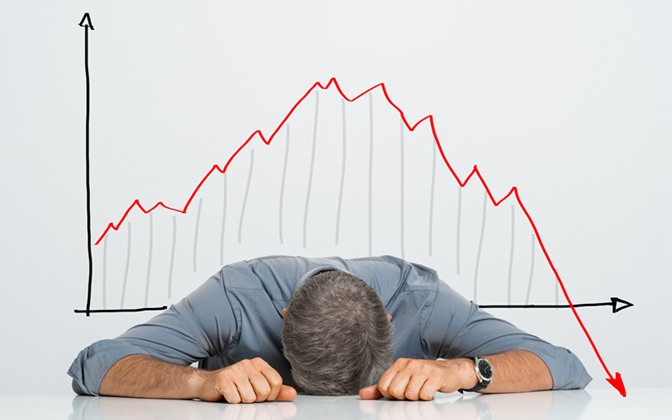
Risk Warning: Trading may result in the loss of your entire capital. Trading OTC derivatives may not be suitable for everyone. Please consider our legal disclosure documents before using our services and ensure that you understand the risks involved. You do not own or have any interest in the underlying assets.

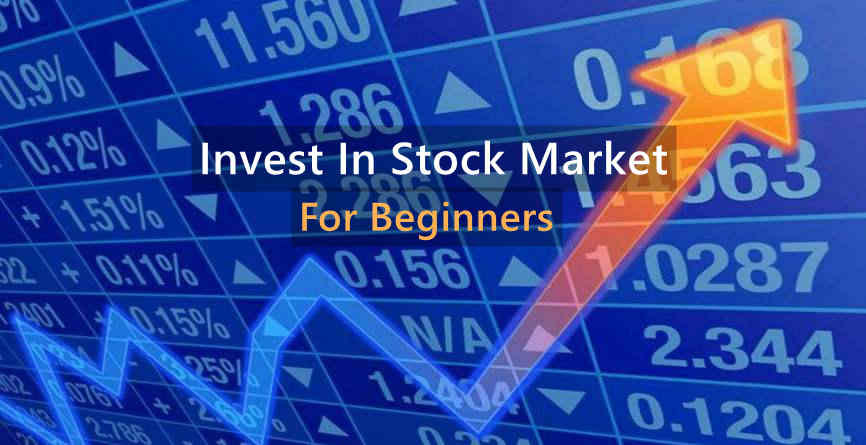
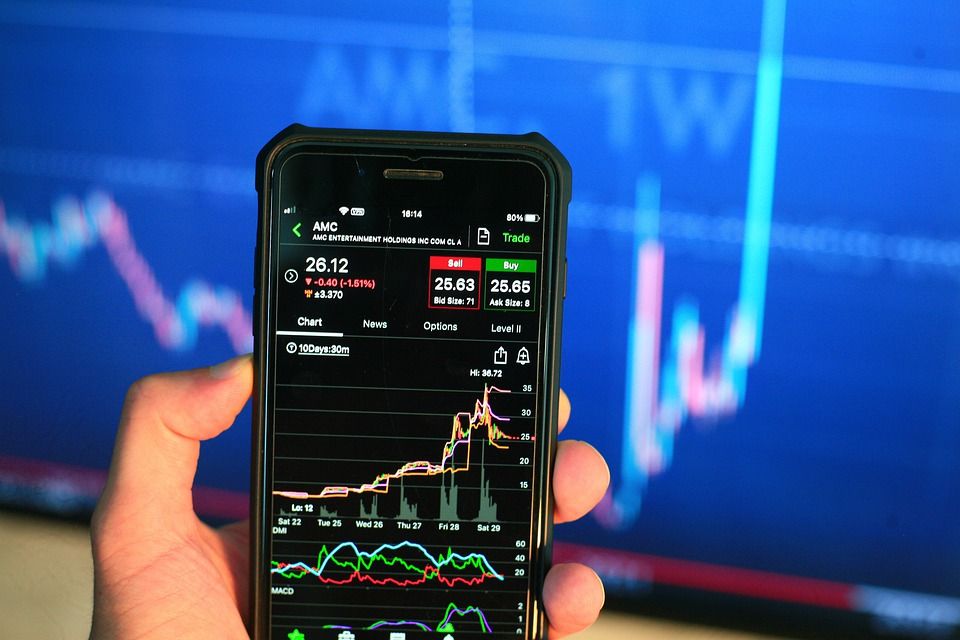
.png)
